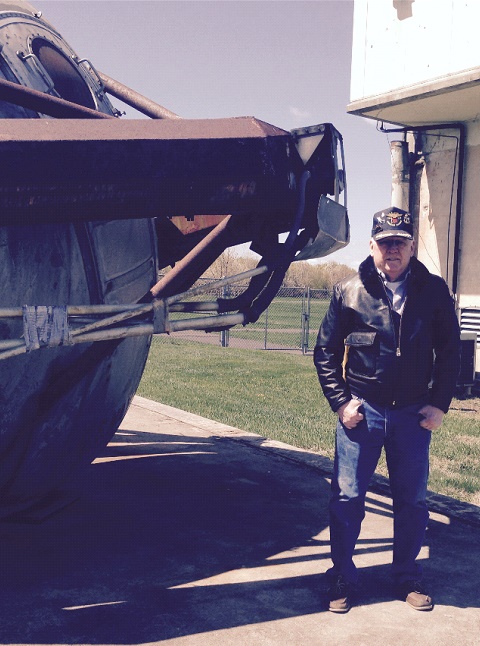
Foil: 64 Panel: 3 Column: 3 Line: 87
Wall of Honor Level: Air and Space Friend
Honored by:
Mr. Hans Juergen Zimmermann
Born and raised in the mining town of Morgantown, West Virginia,
Guntner joined the Navy in 1958 and graduated from Aerospace
Medicine School in 1960. Immediately after graduation he was
sent to the Naval Air Development Center (NADC), Johnsville, PA;
located just north of Philadelphia. NADC was home to the
Aviation Medical Acceleration Laboratory (AMAL) where the largest
human centrifuge in the world was located. The centrifuge was
built in the late 1940's to test the limits of human endurance
under the high G forces that were produced by the new jet
fighters being used by the military. However, by late 1959 and
into the early 1960's the focus of training and research at
AMAL turned to preparing the men who would be the first American
space explorers.
Given the full schedules of the Mercury astronauts, it was
impractical for them to be present for early runs or
"flights" on the centrifuge that were made to determine
baseline performance. It fell to younger staff members like
Guntner to serve as the test subjects for the initial
simulations. Over the course of his time at Johnsville, Guntner
estimates that he endured over 350 flights in the centrifuge,
more than any other test subject. Some flights pushed him to as
high as 15 Gs. By way of comparison, a driver in the
Indianapolis 500 sustains 4 to 5 G's in the turns, and
astronauts rarely experience more than 6 Gs at liftoff and
reentry.
When the Mercury astronauts arrived for their training, it was
Guntner who briefed them on the results of the early simulations,
telling them what they could expect from the experiences they
were about to undergo. As an AMT, part of his job was to place
the bio-medical sensor on the astronauts and monitor functions
like heart rate and breathing as they took their rides on "the
wheel".
Guntner was soon working on a first name basis with the Mercury
Seven and recounted stories of working with John Glenn and Alan
Shepard. He recalled one time when another flight surgeon
insisted in placing the bio-med sensors on John Glenn. After
half an hour of placing the sensors and another half an hour of
getting suited up, when initial diagnostics were run, several of
the sensors were not producing any readings. At that point an
exasperated Glenn looked at Guntner and waved him into the
preparation room saying simply, "Come on, Art, show him how
it's done!"
Guntner also recalled some interactions he had with Ham, the
chimp whose rocket ride preceded those of any humans.
In addition to his work with the astronauts, Guntner's work at
Johnsville included testing the design of G-suits and the
configuration of the space capsules interior control panel under
acceleration, and many other classified tests. After his time at
the Centrifuge, Guntner qualified as aircrew in the H-34
Seahorse, then the H1-N, the H-2 and H-3 helicopters. Eventually
his career took him to NAS Jacksonville, FL and other bases
before retirement in 1979. Looking back on a full Navy career,
Guntner is proud of the opportunity that he had to serve his
country, but it is his time working with the first Americans to
fly into space that he will always be the most proud of.
Art passed on May 14th 2016.
Wall of Honor profiles are provided by the honoree or the donor who added their name to the Wall of Honor. The Museum cannot validate all facts contained in the profiles.
Foil: 64
